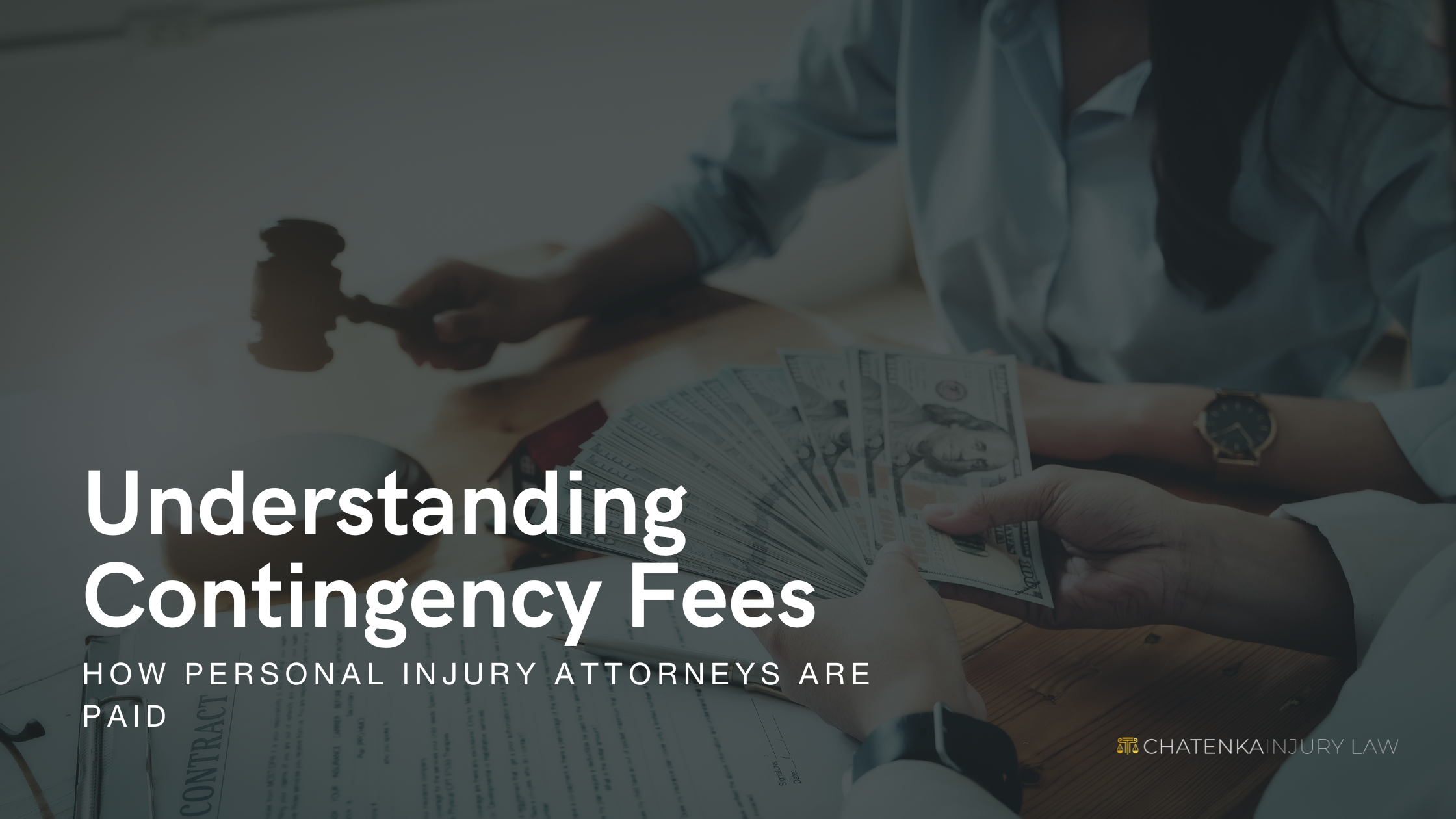Understanding Contingency Fees: How Personal Injury Attorneys Are Paid
Personal injury cases can be complex and emotionally taxing experiences. From car accidents to slip-and-fall incidents, these situations often lead individuals to seek legal representation to navigate the legal intricacies and secure fair compensation. However, many wonder: How do personal injury attorneys get paid for their services? The answer lies in a mechanism called contingency fees, which play a crucial role in providing access to justice for injury victims.
What Are Contingency Fees?
Contingency fees are a common payment arrangement in personal injury cases wherein the attorney's fees are contingent upon the successful outcome of the case. In other words, the attorney only gets paid if they secure compensation for the client. This fee structure is particularly advantageous for individuals who might not have the financial means to afford legal representation upfront.
How Do Contingency Fees Work?
When a client hires a personal injury attorney on a contingency fee basis, they typically do not have to pay any upfront fees or retainers. Instead, the attorney agrees to represent the client and cover the costs associated with the case, such as court fees, investigation expenses, and expert witness fees. These costs are usually deducted from the final settlement or court award.
If the case is successful, and the attorney secures compensation for the client, they will then receive a predetermined percentage of the total recovery as their fee. This percentage can vary depending on the complexity of the case, the stage at which it is resolved (whether through settlement or trial), and the customary practices of the law firm.
Advantages of Contingency Fees
Contingency fees offer several benefits for both clients and attorneys:
Access to Justice
Contingency fees enable individuals with limited financial resources to pursue legal action against negligent parties without worrying about upfront costs. This ensures that justice is not reserved only for those who can afford it.
Aligned Incentives
Since the attorney's fee is directly tied to the outcome of the case, they are incentivized to work diligently and efficiently to secure the maximum compensation possible for their clients. This alignment of interests encourages attorneys to prioritize their clients' best interests throughout the legal process.
Risk Mitigation
Attorneys who work on a contingency fee basis assume the risk of not getting paid if the case is unsuccessful. This risk-sharing arrangement motivates attorneys to carefully evaluate cases and only take on those with a reasonable likelihood of success.
Considerations for Clients
While contingency fees offer significant advantages, it's essential for clients to understand the terms of the agreement before entering into a contract with an attorney. Some key considerations include:
Percentage of Recovery: Clients should be aware of the percentage of the final recovery that the attorney will receive as their fee. This percentage should be clearly outlined in the fee agreement.
Additional Costs: Although clients are not responsible for upfront fees, they should clarify how costs incurred during the legal process will be handled and deducted from the settlement or award.
Communication and Transparency: Clients should expect open communication from their attorney regarding the progress of the case, any settlement offers received, and the potential outcomes of various legal strategies.
Contingency fees play a vital role in the realm of personal injury law, providing a pathway to justice for injury victims while ensuring that attorneys are incentivized to pursue their clients' interests vigorously. By understanding how contingency fees work and their implications for both clients and attorneys, individuals can make informed decisions when seeking legal representation for personal injury claims.


